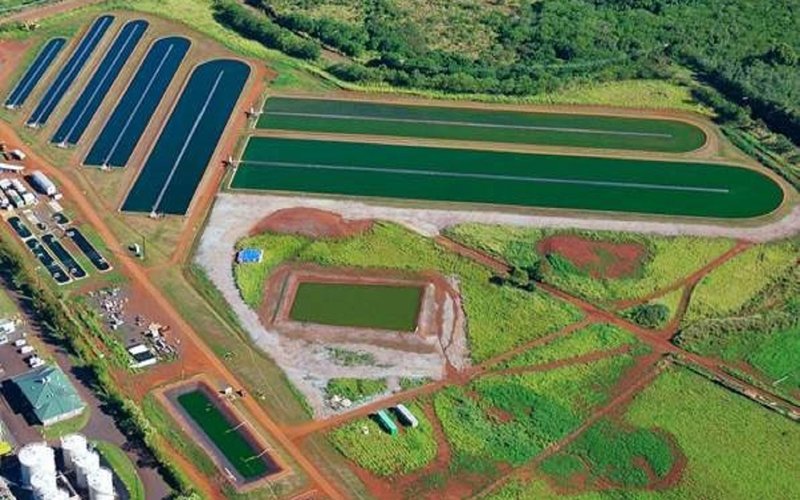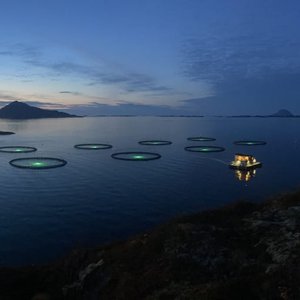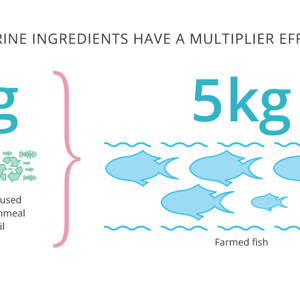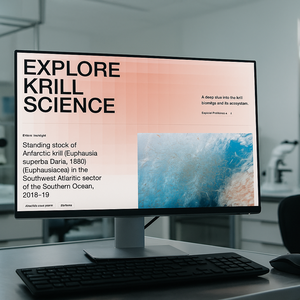A three-year, $2.5 million Illinois Sustainable Technology Center (ISTC) engineering-scale project will be one of the first and largest to combine carbon dioxide (CO2) from a coal-fired power plant with nutrients from wastewater treatment plants to cultivate algae for animal feeds. The project will demonstrate that producing algae for commodity animal products can be cost-effective and has added environmental benefits.
Algae has been used for decades in the niche markets of health and beauty. A more recent focus is its ability to use CO2 from coal-fired power plants to make biofuels and protein-rich food products. Algae is fast-growing compared with traditional terrestrial feed crops, so it’s an attractive alternative for use in taking up CO2 from power plants because it requires less land, according to ISTC principal investigator Lance Schideman. Researchers will use the algae species Spirulina because it is already FDA approved for use as a food ingredient and has a high protein content, which commands higher prices.
The algae cultivation system will be integrated with the City Water, Light and Power plant in Springfield, Illinois. Schideman is collaborating with University of Illinois researchers Joshua McCann and Carl Parsons, who will conduct the animal feed studies. Global Algae Innovations will provide the algae biomass production system to be demonstrated at field scale for this project. The project is co-funded by the U.S. Department of Energy National Energy Technology Laboratory.
“We’re putting all the pieces together in a coordinated fashion and lowering the net costs of growing algae using industrial and municipal byproducts as inputs to improve the economic environmental sustainability of algal carbon capture,” Schideman said.
This approach reduces pollution and replaces the costly CO2 and nutrient inputs used in most algae cultivation systems. In the current commercial technology, managers buy liquid CO2 and various commercial fertilizers for the nutrient supply. The wastewater, which is full of organic nutrients that support algae growth, will come from a local wastewater treatment plant.
“Using wastewater is cost saving in the production process and helps solve problems that wastewater treatment plants are experiencing in trying to minimize nutrient discharges in the environment,” Schideman said. “In Illinois, the treatment plants are under increasing scrutiny, and regulations that are now voluntary are expected to become more stringent and potentially mandatory within the next decade.”
Ultimately, the system will produce feed, especially for cattle and chickens. The product will be dry, which helps reduce spoilage, and will have a high nutritional value compared with some other feeds.













